Home>diy>Building & Construction>How To Clean Construction Adhesive Off Your Hands
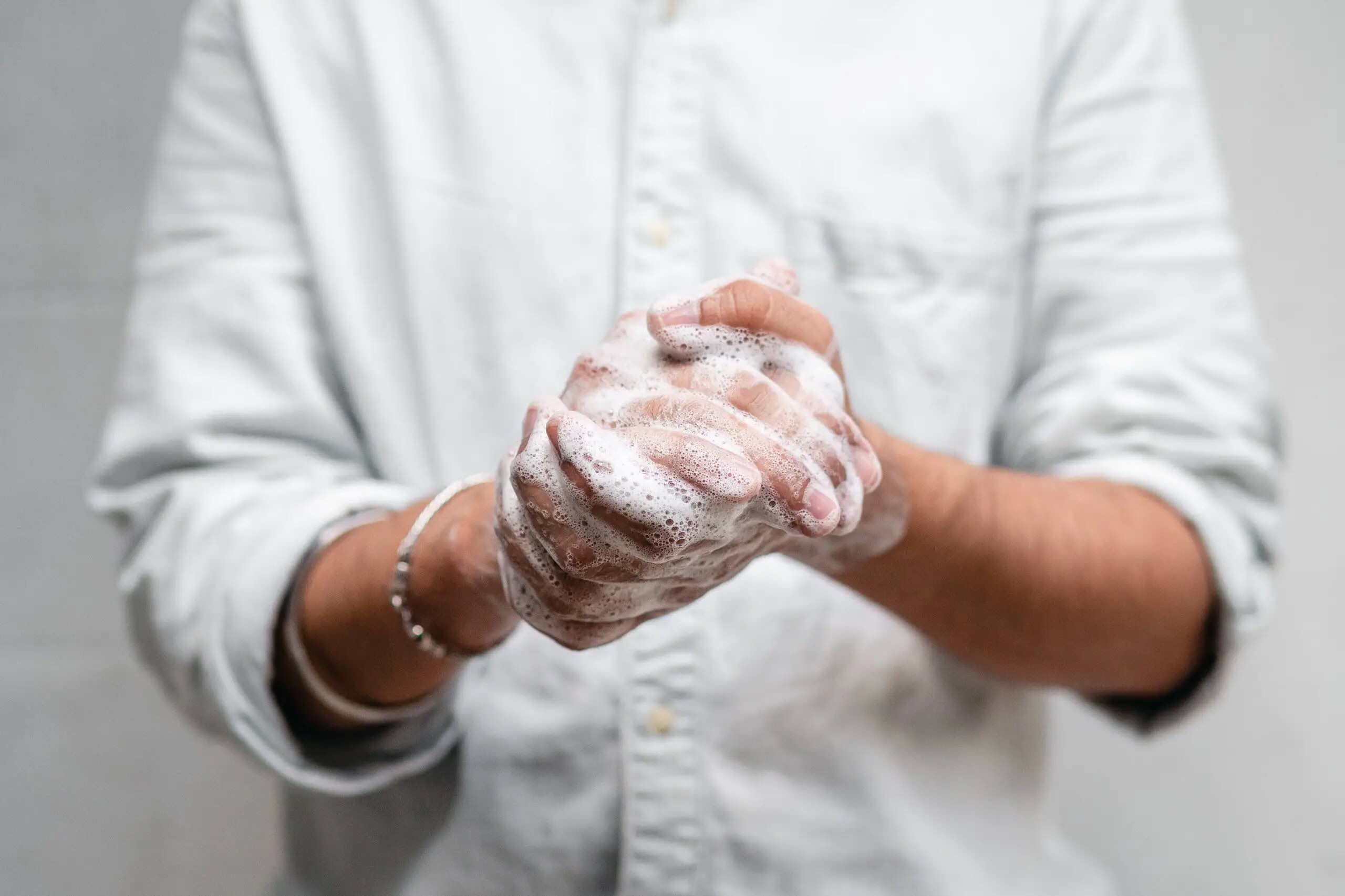

Building & Construction
How To Clean Construction Adhesive Off Your Hands
Modified: January 9, 2024
Learn how to effectively remove building construction adhesive from your hands with these simple and effective methods. Say goodbye to sticky hands!
(Many of the links in this article redirect to a specific reviewed product. Your purchase of these products through affiliate links helps to generate commission for Storables.com, at no extra cost. Learn more)
Introduction
Welcome to the world of construction! As a professional in the building industry, you are likely no stranger to the challenges and rewards that come with the trade. From erecting towering skyscrapers to installing intricate interior finishes, your hands are the tools that bring dreams to life.
However, along with the satisfaction of creating something from scratch, you may also encounter some nuisances along the way. One such challenge is dealing with construction adhesive residue on your hands. Whether you accidentally got a little too messy or had an unexpected adhesive mishap, it’s essential to know how to effectively clean off sticky substances without causing harm to your skin.
In this article, we will explore various methods to remove construction adhesive from your hands. From simple soap and water solutions to commercial adhesive removers, you will learn the techniques that will leave your hands clean and ready for your next construction endeavor. So, let’s dive in!
But before we get into the nitty-gritty of adhesive removal, let’s first understand what construction adhesive is and why it can be such a challenge to remove.
Construction adhesive, also known as construction glue or bonding agent, is a versatile and strong adhesive used in various building applications. It is commonly used for attaching materials such as wood, metal, and concrete during construction or renovation projects. This adhesive is designed to provide a strong bond that can withstand the test of time and environmental conditions.
However, its strong adhesive properties also make it difficult to remove from surfaces, including your hands. Construction adhesive is typically formulated to be resistant to water, which means that simple washing with soap and water may not be enough to remove it completely.
Now that we have a better understanding of construction adhesive, let’s explore some precautions you should take before attempting to clean it off your hands.
Key Takeaways:
- Effective methods for removing construction adhesive from your hands include using soap and water for fresh adhesive, solvents for tougher residues, natural remedies like cooking oil and vinegar, and commercial adhesive removers for stubborn residue.
- Prioritize safety by wearing protective gear, ventilating the work area, reading product instructions, performing patch tests, and seeking medical assistance if necessary when cleaning construction adhesive off your hands.
Read more: Which Construction Adhesive Is Best
Understanding Construction Adhesive
To effectively clean construction adhesive off your hands, it’s helpful to have a basic understanding of this versatile bonding agent. Construction adhesive, also known as construction glue or bonding agent, is a type of adhesive specifically formulated for construction and renovation projects. It is designed to create a strong and durable bond between different materials, such as wood, metal, concrete, and more.
One of the key characteristics of construction adhesive is its ability to provide a long-lasting bond that can withstand heavy loads and various environmental conditions. Whether you’re building a new structure or working on a remodeling project, construction adhesive is an indispensable tool in ensuring the stability and durability of the finished product.
Construction adhesive comes in different forms, including liquid, paste, or gel. It typically contains a combination of synthetic resins, solvents, and additives. The specific formulation may vary depending on the intended application and the manufacturer.
Some common types of construction adhesive include:
1. Polyurethane-based adhesive: This type of adhesive is known for its excellent bonding strength and versatility. It can be used for a wide range of materials, including wood, concrete, metal, plastic, and more. Polyurethane-based adhesives are resistant to water, heat, and chemicals, making them suitable for both interior and exterior applications.
2. Epoxy adhesive: Epoxy-based adhesives are known for their exceptional bonding strength and ability to bond different materials, such as metals, ceramics, and plastics. They are typically mixed from two components, a resin and a hardener, which react chemically to create a durable bond.
3. Acrylic adhesive: Acrylic-based adhesives are water-based and offer a fast-drying time. They are commonly used for bonding materials like plastic, wood, and metal. Acrylic adhesives are known for their versatility, ease of use, and ability to bond porous and non-porous materials.
When working with construction adhesive, it’s important to read and follow the manufacturer’s instructions for proper usage, handling, and storage. Adhesive products may have specific guidelines regarding temperature range, application technique, and curing time. Following these instructions will ensure the adhesive’s effectiveness and longevity.
Now that we have a better understanding of construction adhesive, let’s explore some precautions you should take before attempting to clean it off your hands.
Precautions before Cleaning
Before diving into the methods of cleaning construction adhesive off your hands, it is crucial to take some precautions to ensure your safety and minimize any potential risks. Here are a few essential precautions to consider:
1. Wear Protective Gear: Construction adhesives often contain chemicals that may be harmful to the skin. Before working with adhesives, always wear protective gloves, such as nitrile or latex gloves, to reduce direct contact between the adhesive and your skin. Additionally, consider wearing long sleeves and eye protection to prevent accidental splashes or spills.
2. Ventilation: When working with strong adhesives, ensure proper ventilation in the work area. This will help minimize exposure to fumes that may irritate your respiratory system. Open windows or use fans to circulate air, especially if you’re working indoors or in a confined space.
3. Read Safety Data Sheets (SDS): Familiarize yourself with the safety precautions outlined in the adhesive’s Safety Data Sheets (SDS) provided by the manufacturer. These documents contain important information on potential hazards, first aid measures, and any special handling requirements. Take the time to understand the specific safety guidelines for the adhesive you are working with.
4. Avoid Skin Contact: When using construction adhesive, try to minimize skin contact as much as possible. If you accidentally get adhesive on your hands, avoid touching your face or other sensitive areas. Construction adhesives can cause skin irritation or, in some cases, allergic reactions. Take immediate steps to clean off the adhesive to prevent any adverse effects.
5. Test an Inconspicuous Area: If you’re using a new adhesive or cleaning agent, it’s a good idea to test it on a small, inconspicuous area of your skin before applying it to your entire hand. This will help you determine whether you have any adverse reactions or allergies to the product.
By adhering to these precautions, you can ensure your safety while working with construction adhesive and minimize any potential risks. Now, let’s explore some methods to effectively clean construction adhesive off your hands.
Method 1: Using Soap and Water
One of the simplest and most readily available methods to clean construction adhesive from your hands is by using soap and water. This method is effective for removing fresh or uncured adhesive. Here’s how you can do it:
1. Act quickly: As soon as you notice adhesive on your hands, try to remove it as soon as possible. The longer the adhesive sits on your skin, the harder it will be to remove.
2. Gather supplies: Gather a mild hand soap and a clean towel or paper towels. Avoid using abrasive or harsh soaps, as they can be harsh on your skin.
3. Wet your hands: Start by wetting your hands with warm water. This helps to loosen the adhesive and make it easier to remove.
4. Apply soap: Take a small amount of mild hand soap and rub it onto your hands, focusing on the areas with adhesive. Make sure to create a lather and spread the soap evenly.
5. Rub gently: Using gentle circular motions, rub your hands together for about 30 seconds. This motion helps to lift the adhesive off your skin.
6. Rinse thoroughly: Rinse your hands under warm water, ensuring that all the soap and adhesive residue are washed away. You can use your fingers to help remove any remaining adhesive particles.
7. Dry hands: Pat your hands dry with a clean towel or paper towels. Be gentle to avoid irritating your skin.
8. Repeat if necessary: If the adhesive is not completely removed, repeat the process as needed until your hands are clean.
It’s important to note that this method is most effective for fresh or uncured adhesive. If the adhesive has already dried or hardened on your hands, you may need to explore alternative methods. Let’s move on to the next method for tougher adhesive removal.
Method 2: Using Solvents
If soap and water alone are not enough to remove construction adhesive from your hands, you can turn to solvents for a more robust cleaning approach. Solvents are effective for breaking down and dissolving adhesive residues. Here’s how you can use solvents to clean construction adhesive from your hands:
1. Choose a suitable solvent: There are several solvents you can use, such as acetone, rubbing alcohol (isopropyl alcohol), or nail polish remover (containing acetone). Ensure that the solvent you choose is compatible with your skin and won’t cause any adverse reactions.
2. Ventilate the area: Before using solvents, make sure you’re in a well-ventilated area. Open windows or use fans to circulate fresh air, as some solvents may produce fumes that can be harmful when inhaled in high concentrations.
3. Apply the solvent: Moisten a clean cloth or paper towel with the chosen solvent. Gently dab or rub the adhesive residue on your hands with the soaked cloth. Avoid excessively rubbing or scrubbing, as it may irritate your skin.
4. Let the solvent work: Allow the solvent to penetrate and dissolve the adhesive for a few minutes. This will depend on the specific solvent you’re using, so read the product instructions for guidance.
5. Wipe or rinse: After the solvent has had enough time to work, use the cloth or a fresh one to gently wipe or rinse away the dissolved adhesive. You can also rinse your hands under warm water to remove any remaining solvent.
6. Wash your hands: Finish the process by washing your hands with mild soap and water to remove any traces of the solvent and remaining adhesive residue.
7. Moisturize your hands: The use of solvents can be drying to the skin, so it’s essential to moisturize your hands afterward. Apply a nourishing hand lotion or moisturizer to keep your skin hydrated.
It’s important to note that some solvents can be harsh on the skin, so it’s best to test the solvent on a small area of skin before using it on your entire hand. If you experience any irritation or discomfort, discontinue use immediately.
Now that we’ve explored the use of solvents for adhesive removal, let’s move on to our next method, which utilizes natural remedies.
Use a pumice stone or a mixture of baking soda and water to scrub the construction adhesive off your hands. The abrasive texture will help to remove the adhesive without damaging your skin.
Read more: How To Remove Construction Adhesive
Method 3: Using Natural Remedies
If you prefer to avoid harsh chemicals or if solvents are not readily available, you can turn to natural remedies to clean construction adhesive from your hands. These remedies often utilize common household items that are gentle on the skin while still being effective in removing adhesive residues. Here are a few natural remedies you can try:
1. Cooking oil: Vegetable or olive oil can help break down construction adhesive. Apply a small amount of oil to your hands and rub it gently onto the adhesive. Let it sit for a few minutes to allow the oil to penetrate. Then, use a clean cloth or paper towel to wipe away the adhesive and oil. Wash your hands with soap and water afterward.
2. Vinegar: White vinegar is known for its adhesive-removing properties. Soak a cloth or paper towel in white vinegar and place it on the adhesive residue for several minutes. The vinegar will help loosen the adhesive, making it easier to remove. Use the cloth to wipe away the adhesive, and then wash your hands with soap and water to get rid of any vinegar smell.
3. Lemon juice: The acidic nature of lemon juice can help dissolve construction adhesive. Squeeze fresh lemon juice onto the adhesive residue and let it sit for a few minutes. Using a cloth or sponge, rub the area gently to remove the adhesive. Rinse your hands with water and wash them with soap afterward.
4. Baking soda paste: Mix baking soda with a small amount of water to create a paste. Apply the paste to the adhesive on your hands and gently rub it in using circular motions. Let it sit for a few minutes, then rinse your hands with water and wash them with soap to remove any residue.
Remember to perform a patch test on a small area of your skin before using natural remedies, especially if you have sensitive skin or known allergies. If any adverse reactions occur, discontinue use immediately.
Natural remedies may take a bit longer to remove adhesive compared to solvents, so be patient and persistent in your efforts. Now, let’s move on to our fourth method, which involves using commercial adhesive removers for more stubborn adhesive residues.
Method 4: Using Commercial Adhesive Removers
When soap, solvents, and natural remedies aren’t strong enough to remove stubborn construction adhesive from your hands, you can turn to commercial adhesive removers. These products are specifically formulated to break down and dissolve various types of adhesives. Here’s how you can use commercial adhesive removers to clean construction adhesive from your hands:
1. Choose the right adhesive remover: Look for adhesive removers that are safe for use on skin and contain ingredients that can effectively dissolve construction adhesive. Read the product labels and choose a remover that is suitable for the type of adhesive you’re dealing with.
2. Read the instructions: Follow the instructions provided on the product packaging carefully. Pay attention to any safety precautions, recommended application techniques, and duration for the adhesive remover to work.
3. Apply the adhesive remover: Apply a small amount of the adhesive remover to a clean cloth or paper towel. Gently rub the cloth over the adhesive residue on your hands, ensuring that the affected areas are well-covered with the remover. Be mindful not to excessively scrub or irritate your skin.
4. Let it sit: Allow the adhesive remover to penetrate the adhesive for the recommended amount of time as stated in the product instructions. This will give the remover sufficient time to break down and dissolve the adhesive.
5. Wipe or rinse: After the recommended duration, use a clean cloth or fresh paper towel to wipe away the dissolved adhesive and the adhesive remover. You may need to repeat this step a few times to completely remove all traces of the adhesive.
6. Wash your hands: Once the adhesive and remover have been successfully removed, wash your hands thoroughly with mild soap and water to remove any remaining residue.
7. Moisturize your hands: The use of adhesive removers can sometimes leave your skin dry, so it’s important to moisturize your hands after cleaning. Apply a moisturizing lotion or cream to keep your skin hydrated and prevent dryness or irritation.
Remember to always follow the instructions provided by the manufacturer when using adhesive removers. If you experience any adverse reactions, discontinue use immediately and seek medical attention if necessary.
With the help of commercial adhesive removers, even the most stubborn construction adhesive residues can be effectively cleaned from your hands. Now, let’s move on to safety considerations to keep in mind during the adhesive cleaning process.
Safety Considerations
When cleaning construction adhesive off your hands, it’s important to prioritize your safety and take necessary precautions. Here are some key safety considerations to keep in mind:
1. Protective gear: Wear appropriate protective gear, such as gloves, long sleeves, and eye protection, to minimize direct contact with adhesives and cleaning agents. This will help protect your skin and prevent any potential allergic reactions or skin irritations.
2. Ventilation: Ensure that the area you’re working in is well-ventilated. Open windows or use fans to circulate fresh air, especially when using solvents or commercial adhesive removers. Adequate ventilation helps to minimize inhalation of fumes and maintain a safe working environment.
3. Read product instructions: Familiarize yourself with the instructions provided by the adhesive manufacturer and any cleaning agents or removers. Each product may have specific safety precautions, handling instructions, and recommended usage guidelines. Following these instructions will help you use the products safely and effectively.
4. Patch test: Before using any cleaning solution, including natural remedies or commercial adhesive removers, perform a patch test on a small area of your skin. This will help you determine if you have any sensitivity or allergies to the product. If you experience any adverse reactions, discontinue use immediately.
5. Avoid open wounds or broken skin: If you have any open wounds, cuts, or broken skin on your hands, take extra precautions to avoid contact with adhesives and cleaning agents. These substances may cause additional irritation or delay the healing process.
6. Proper disposal: Dispose of any adhesive residue, used cloths, or paper towels in accordance with local regulations. Some adhesives or cleaning agents may be considered hazardous waste and should be disposed of properly to protect the environment.
7. Seek medical assistance if necessary: If you experience prolonged irritation, allergic reactions, or any other concerning symptoms after cleaning construction adhesive off your hands, seek medical attention. A healthcare professional can provide appropriate guidance and treatment if needed.
By following these safety considerations, you can effectively clean construction adhesive from your hands while minimizing the risk of potential harm. Remember, your safety and well-being should always be the top priority.
Now that we’ve covered the necessary safety precautions, let’s conclude our exploration of cleaning construction adhesive off your hands.
Conclusion
Cleaning construction adhesive off your hands may seem like a challenging task, but with the right methods and precautions, it can be done effectively and safely. Whether you’re dealing with fresh adhesive or stubborn residues, there are multiple approaches to help restore your hands to their adhesive-free state.
Starting with the simple and accessible method of using soap and water, you can easily remove fresh adhesive from your hands. If soap and water alone aren’t sufficient, solvents such as acetone or rubbing alcohol can be used to dissolve and wipe away tougher adhesive residues. Natural remedies, such as cooking oil, vinegar, lemon juice, or baking soda paste, can also provide effective and gentle adhesive removal options.
In some cases, stubborn adhesive residue may require the use of commercial adhesive removers. These products are specifically formulated to break down and dissolve adhesives, ensuring a thorough clean. However, it’s important to carefully follow the instructions provided with these removers and to prioritize your safety by wearing protective gear and working in a well-ventilated area.
Throughout the entire adhesive removal process, it is essential to consider safety precautions. Wearing protective gear, properly ventilating your work area, and performing patch tests are all crucial steps to ensure your well-being. Additionally, be sure to dispose of any waste materials responsibly and seek medical assistance if needed.
Cleaning construction adhesive off your hands can be a hassle, but by following the methods and safety considerations outlined in this article, you can effectively remove adhesive residue while keeping your hands safe and healthy.
Remember, practice makes perfect. As you become more experienced in handling construction adhesives, you will develop your own preferred methods and techniques for adhesive removal. Stay diligent, prioritize safety, and enjoy the satisfying feeling of clean and adhesive-free hands as you continue your journey in the world of building and construction.
Frequently Asked Questions about How To Clean Construction Adhesive Off Your Hands
Was this page helpful?
At Storables.com, we guarantee accurate and reliable information. Our content, validated by Expert Board Contributors, is crafted following stringent Editorial Policies. We're committed to providing you with well-researched, expert-backed insights for all your informational needs.
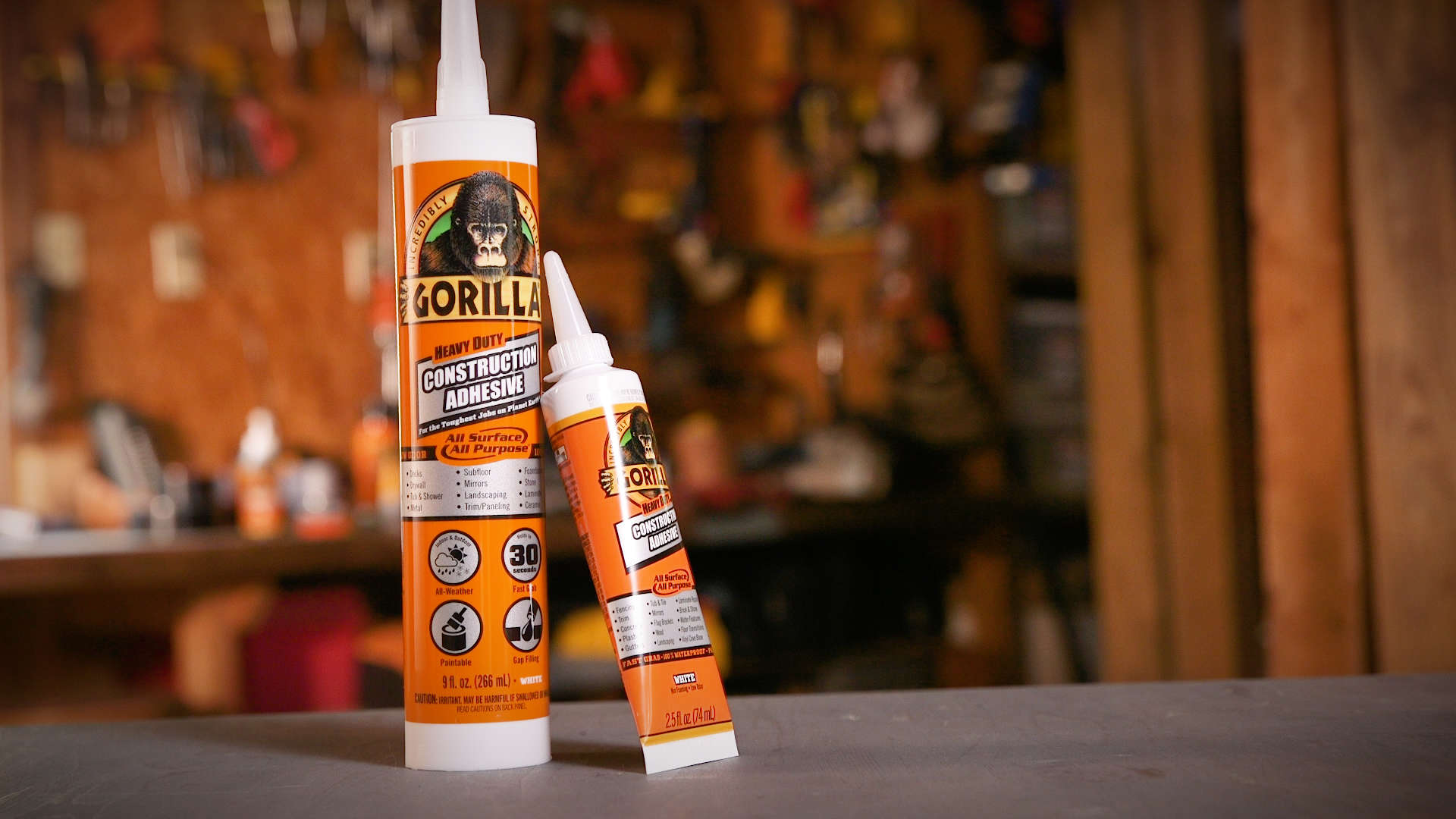
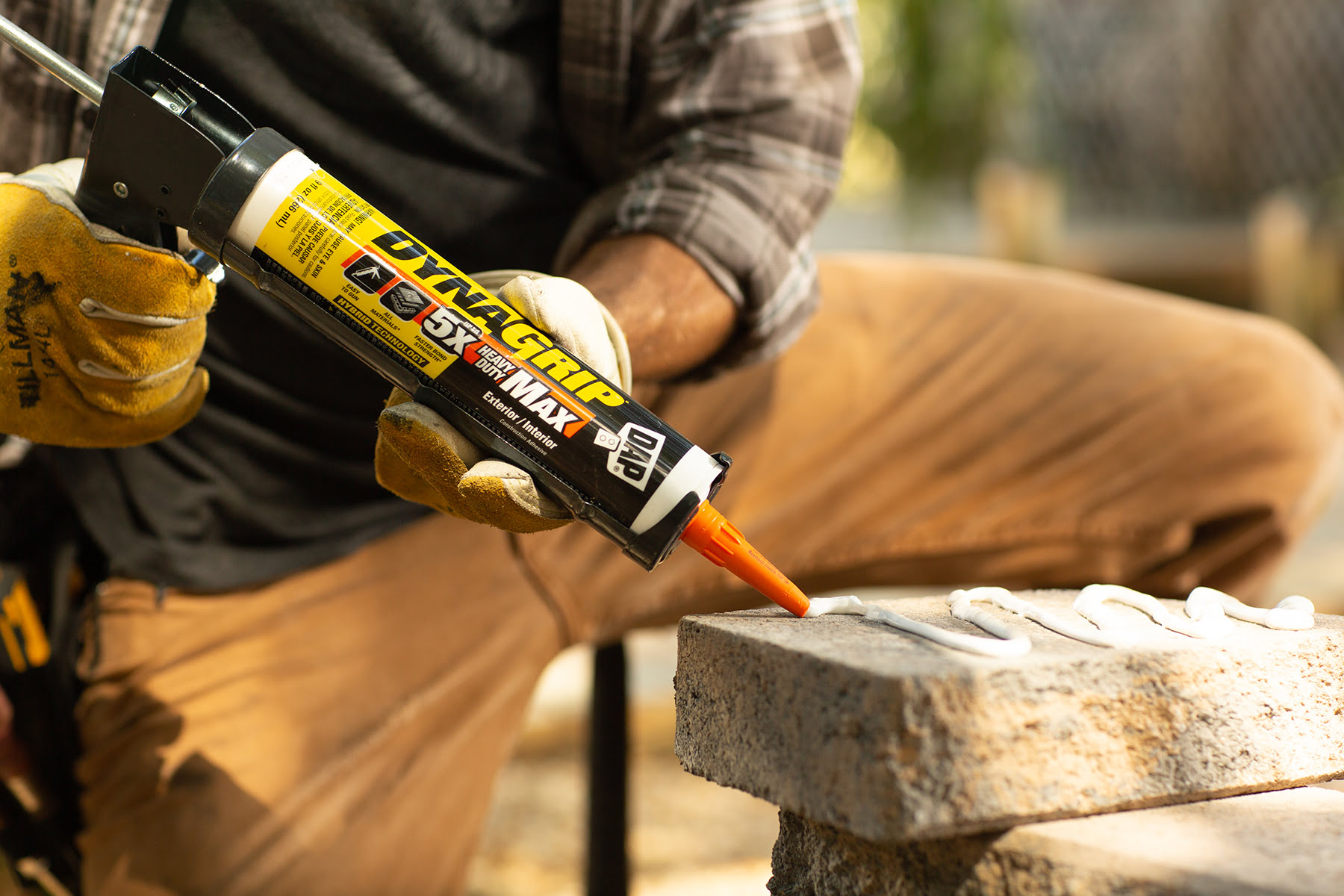
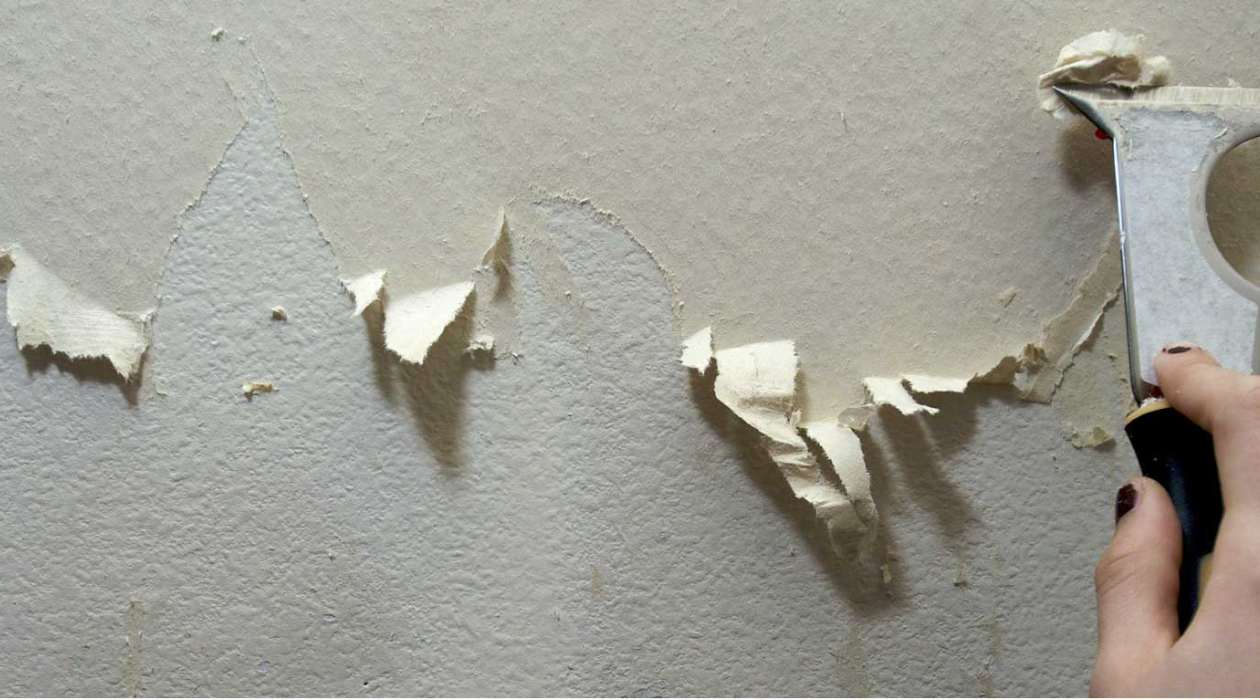
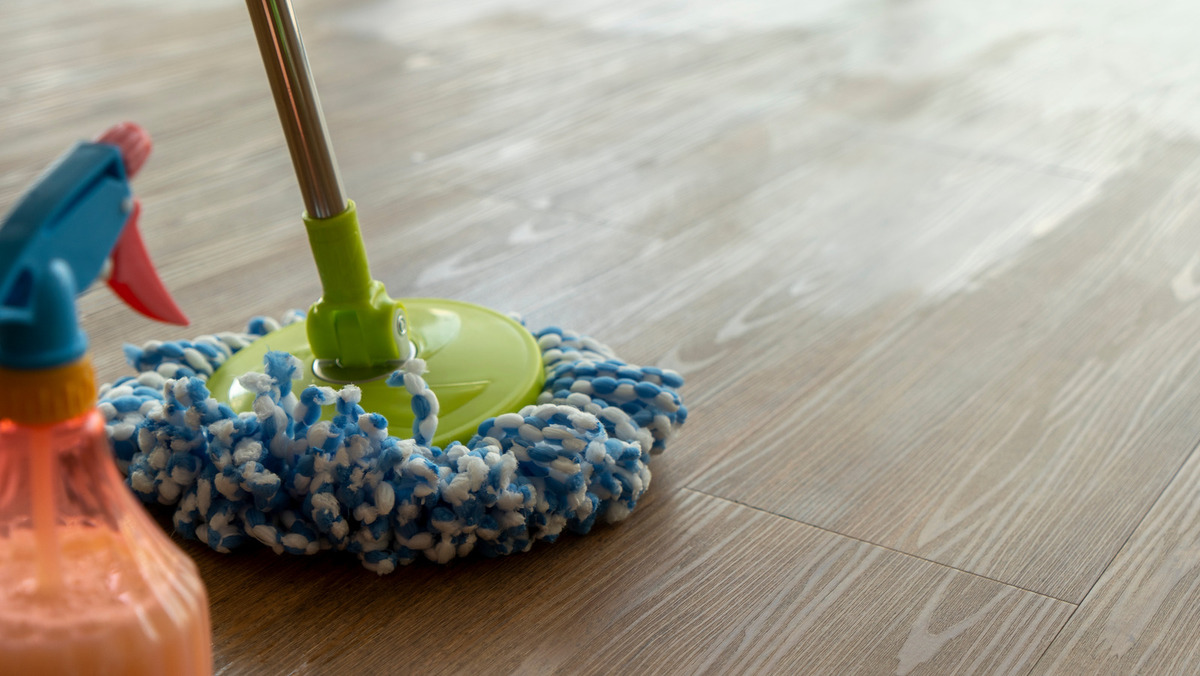
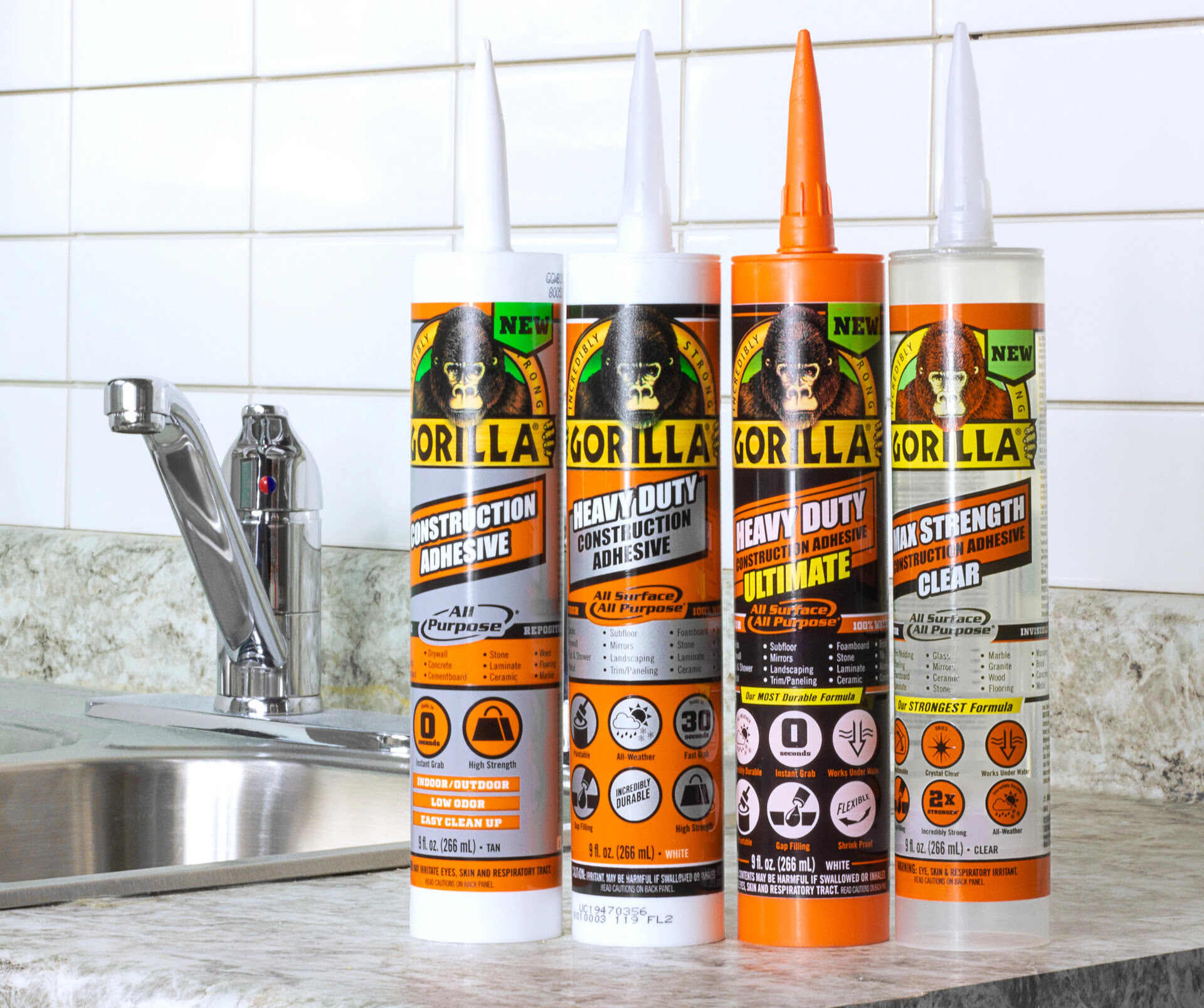
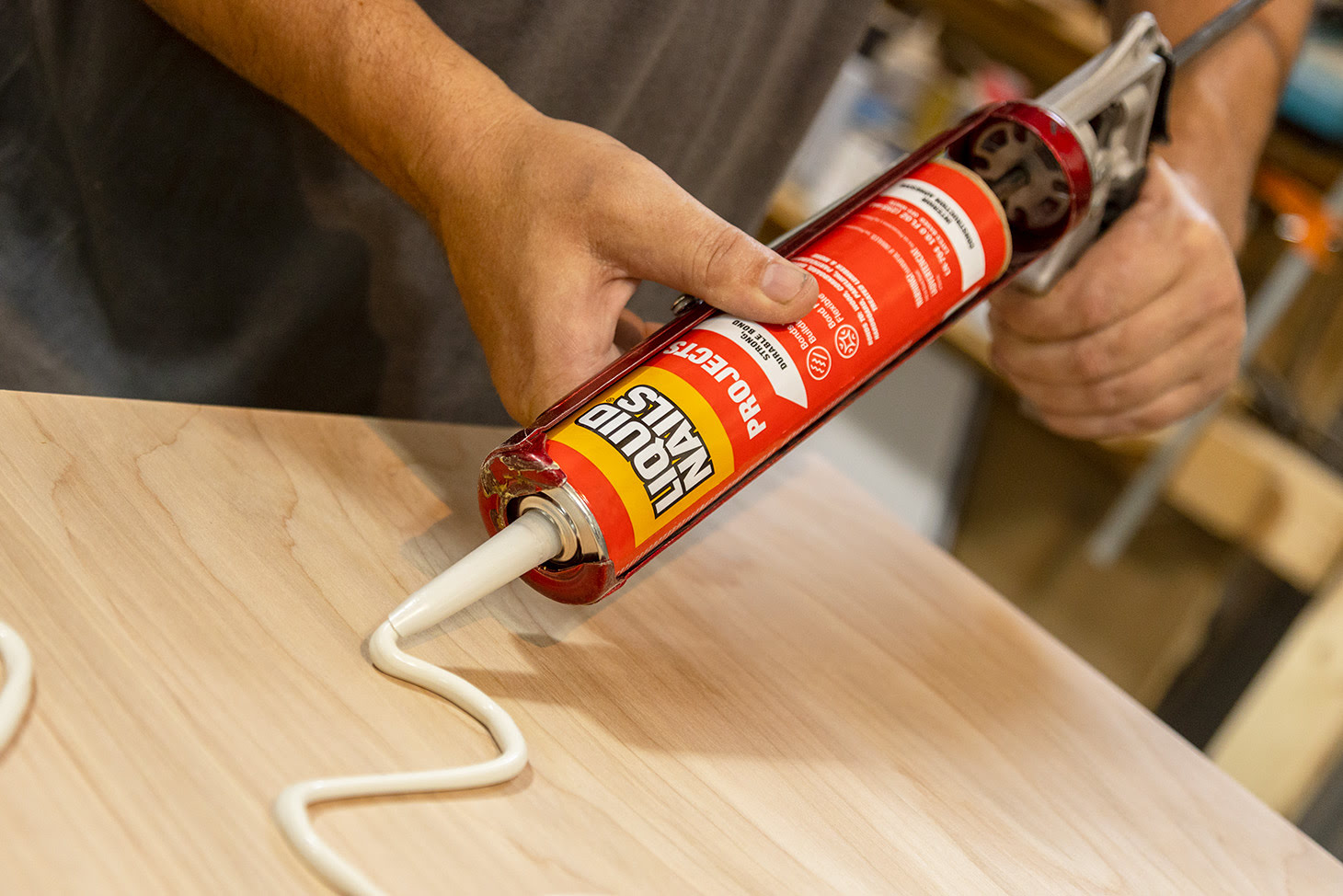
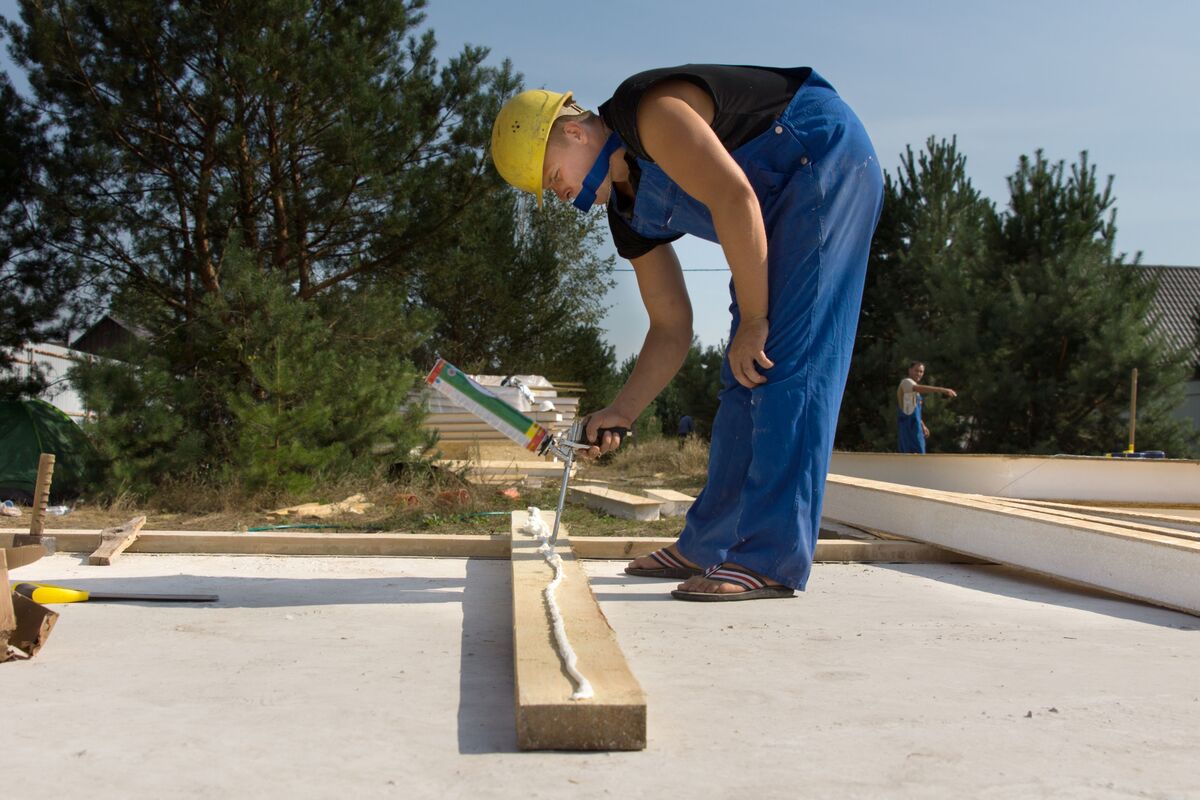
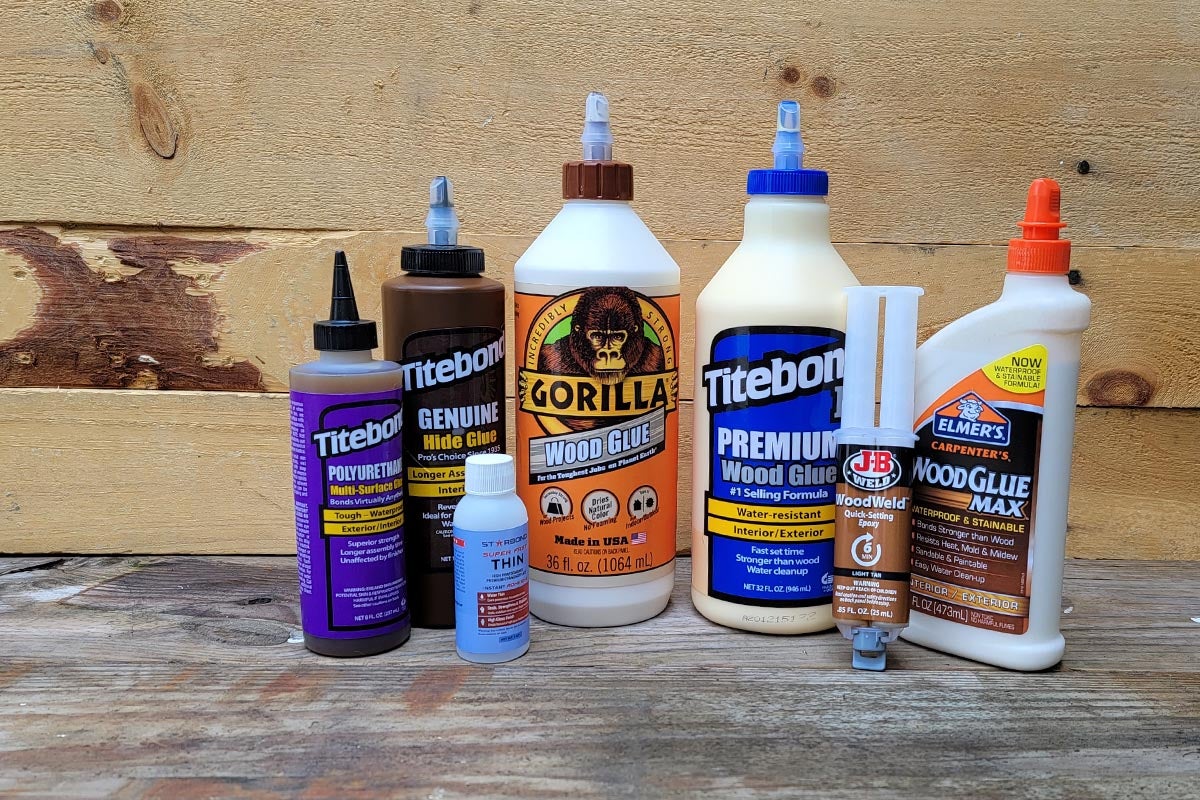
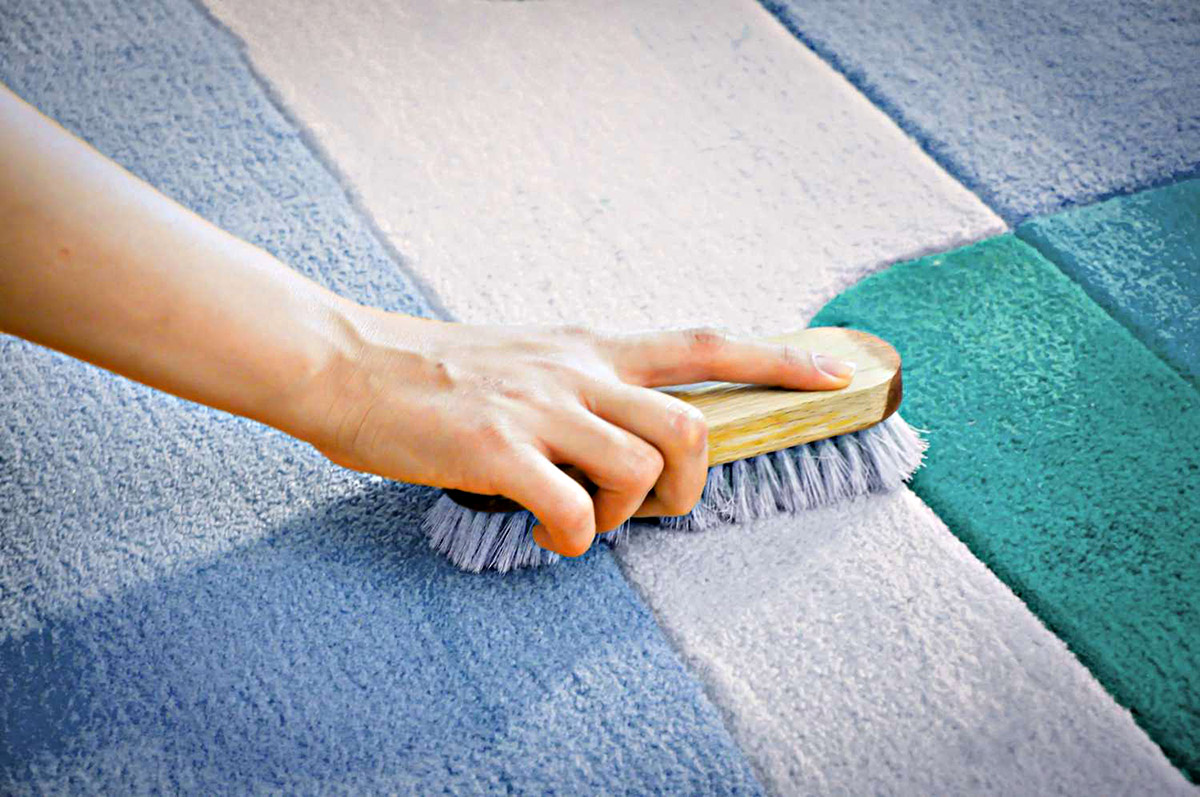
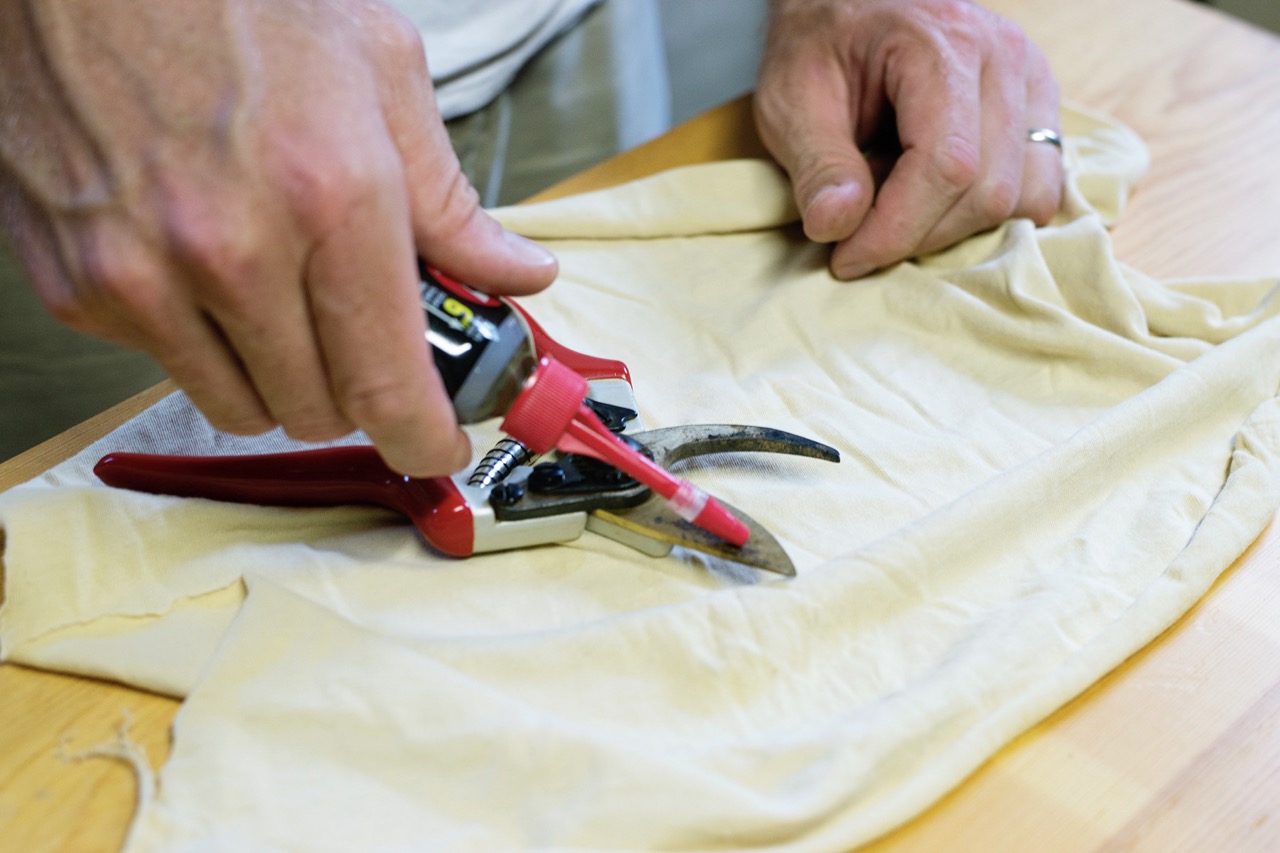

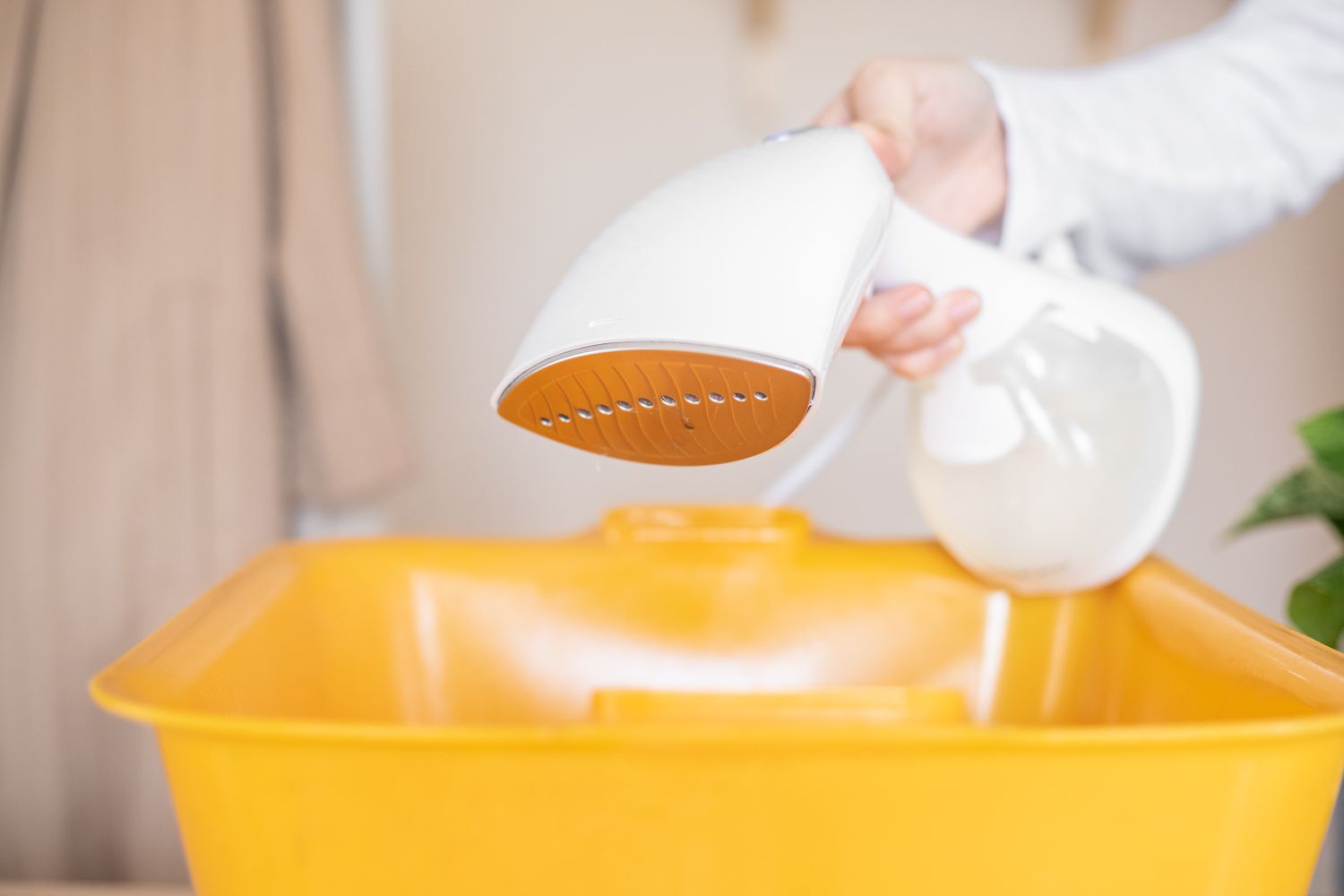
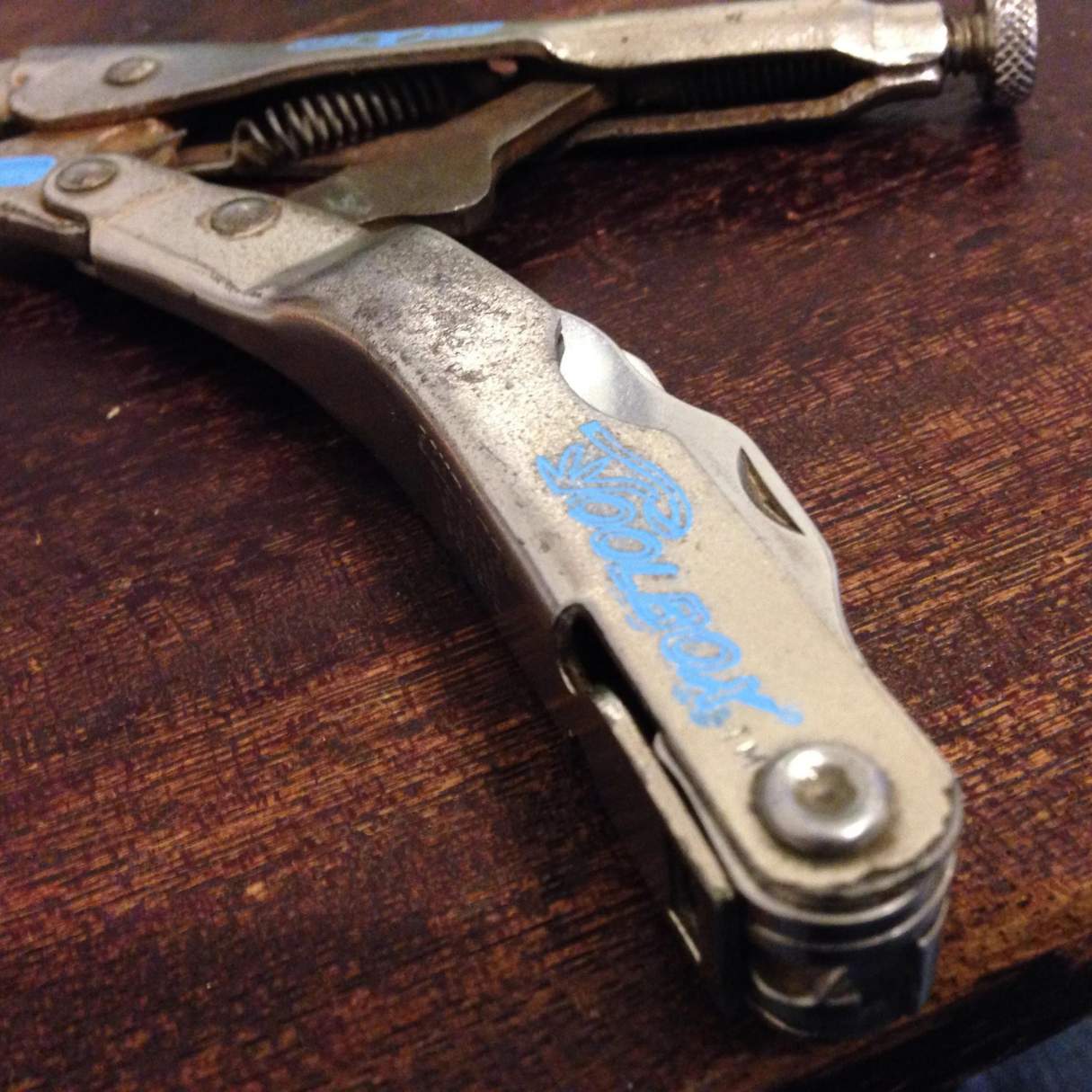
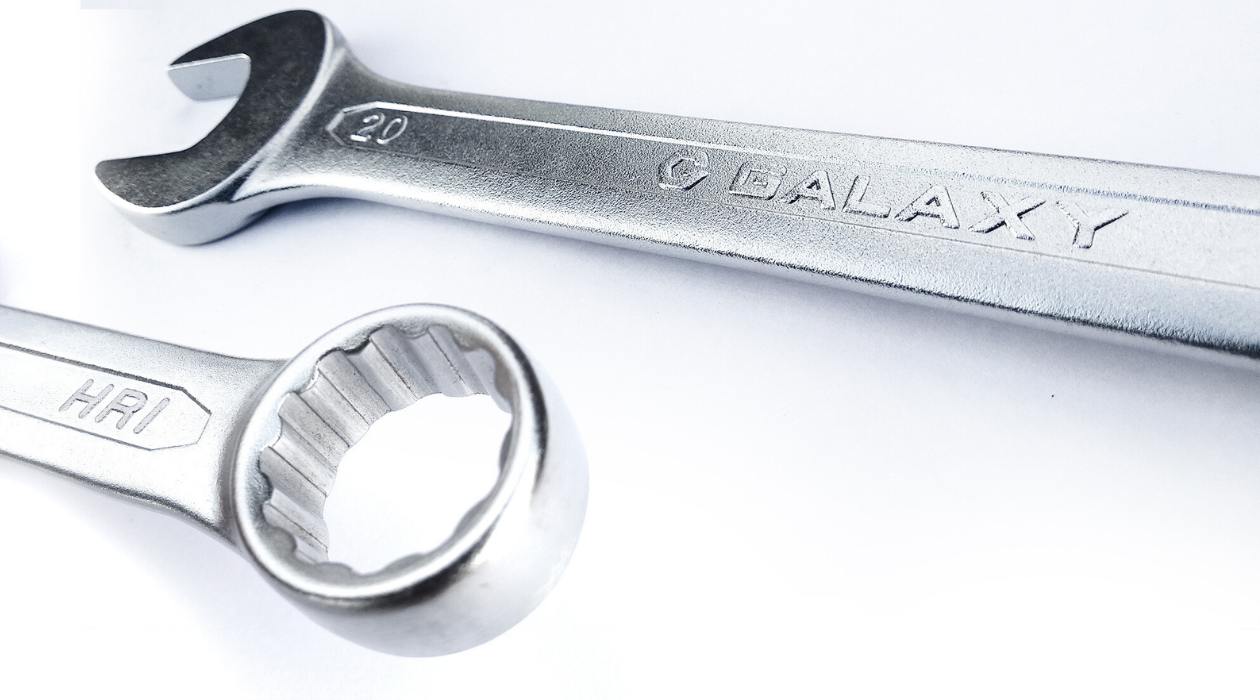

0 thoughts on “How To Clean Construction Adhesive Off Your Hands”